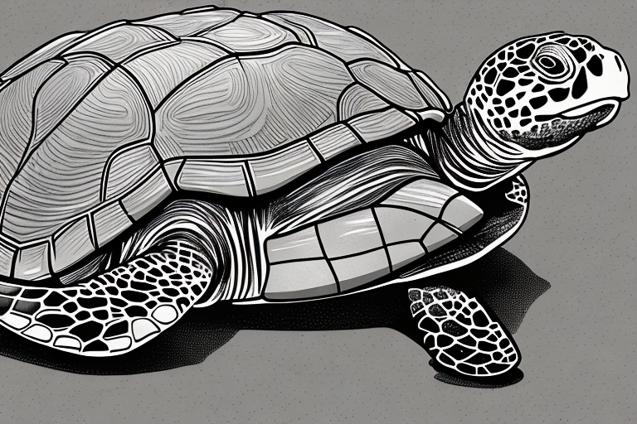
Plastic pollution is a growing problem that threatens marine life and human health, and as sailors and ocean enthusiasts, we have a responsibility to protect our oceans.
The Impact of Plastic Pollution on Marine Ecosystems
As sailors and ocean enthusiasts, we have a unique connection to the sea and a responsibility to protect it. One of the most pressing issues facing our oceans today is plastic pollution. In this article, we will explore the impact of plastic pollution on marine ecosystems, the dangers it poses to marine life, and what we can do to help mitigate this growing problem.
Table of Contents
- Introduction to Plastic Pollution
- How Plastic Enters the Ocean
- The Effects of Plastic Pollution on Marine Life
- The Great Pacific Garbage Patch
- Microplastics: The Invisible Threat
- What Can We Do to Help?
Introduction to Plastic Pollution
Plastic pollution is a global issue that affects our oceans, marine life, and even human health. It is estimated that 8 million metric tons of plastic waste enter the ocean each year, and this number is expected to increase if we do not take action. Plastic pollution is not only an eyesore on our beaches and coastlines, but it also poses a significant threat to marine ecosystems and the animals that call them home.
How Plastic Enters the Ocean
There are several ways that plastic waste can find its way into the ocean. Some of the most common sources include:
- Littering: When people improperly dispose of their trash, it can be carried by wind or rain into storm drains, rivers, and eventually the ocean.
- Industrial waste: Factories and manufacturing plants can release plastic waste into the environment, either accidentally or intentionally.
- Landfills: When plastic waste is not properly managed in landfills, it can be carried away by wind or rain and end up in the ocean.
- Microplastics: These tiny plastic particles can come from a variety of sources, including the breakdown of larger plastic items, microbeads in personal care products, and synthetic fibers from clothing.
The Effects of Plastic Pollution on Marine Life
Plastic pollution has a wide range of negative effects on marine life, including:
Entanglement
Marine animals can become entangled in plastic debris, such as fishing nets, plastic bags, and other discarded items. This can lead to injury, impaired movement, and even death. Sea turtles, seals, and whales are particularly vulnerable to entanglement.
Ingestion
Many marine animals mistake plastic debris for food, leading to ingestion. This can cause blockages in their digestive systems, malnutrition, and even starvation. Sea turtles, for example, often mistake plastic bags for jellyfish, one of their primary food sources.
Habitat Destruction
Plastic pollution can also have a detrimental impact on marine habitats. Coral reefs, for example, can become smothered by plastic debris, leading to a decline in the health and diversity of these important ecosystems.
Toxins
As plastic breaks down in the ocean, it can release harmful chemicals, such as bisphenol A (BPA) and phthalates. These chemicals can accumulate in the tissues of marine animals, posing a threat to their health and potentially entering the food chain.
The Great Pacific Garbage Patch
One of the most well-known examples of plastic pollution in the ocean is the Great Pacific Garbage Patch. This massive accumulation of plastic debris is located in the North Pacific Ocean, between Hawaii and California. It is estimated to be twice the size of Texas and contains an estimated 1.8 trillion pieces of plastic.
The Great Pacific Garbage Patch is not a solid mass of plastic, but rather a collection of microplastics and larger debris dispersed throughout the water column. This makes it difficult to see from the surface and challenging to clean up.
Microplastics: The Invisible Threat
Microplastics are tiny plastic particles, typically smaller than 5 millimeters in size. They can come from a variety of sources, including the breakdown of larger plastic items, microbeads in personal care products, and synthetic fibers from clothing.
Microplastics are particularly concerning because they are easily ingested by marine animals, including plankton, fish, and shellfish. This can lead to the accumulation of toxins in their tissues, posing a threat to their health and potentially entering the food chain.
In addition to their impact on marine life, microplastics have also been found in the air, drinking water, and even our food. This raises concerns about the potential effects of microplastics on human health.
What Can We Do to Help?
As sailors and ocean enthusiasts, we have a responsibility to protect our oceans and the marine life that calls them home. Here are some steps we can take to help reduce plastic pollution:
- Reduce plastic consumption: Choose reusable items, such as water bottles, shopping bags, and food containers, instead of single-use plastics.
- Recycle properly: Ensure that you are recycling plastic items correctly and disposing of them in designated recycling bins.
- Participate in beach cleanups: Join local beach cleanup events or organize your own to help remove plastic debris from our coastlines.
- Support legislation: Advocate for policies that reduce plastic pollution, such as bans on single-use plastics and regulations on plastic production.
- Spread awareness: Educate others about the issue of plastic pollution and encourage them to take action.
By taking these steps, we can help protect our oceans and the incredible marine life that depends on them. Together, we can make a difference in the fight against plastic pollution and ensure a healthier future for our planet.